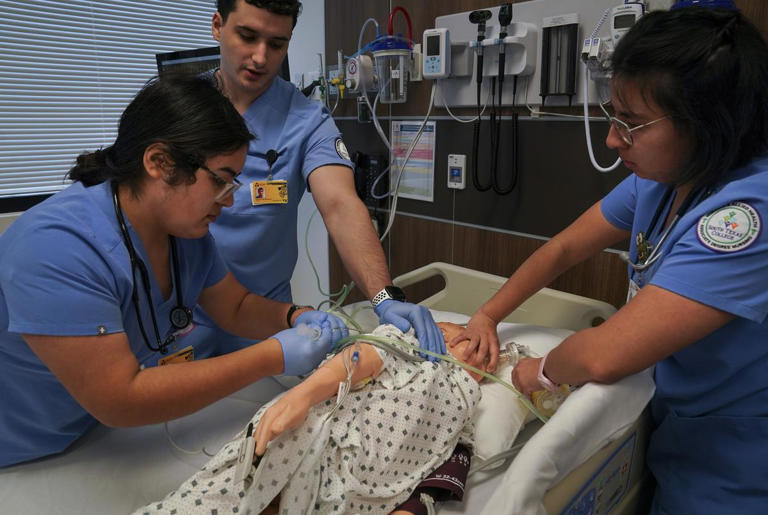
A Comprehensive Review of Midline Catheters
Midline catheters are essential tools in peripheral intravenous therapy, offering an alternative to traditional short peripheral catheters for certain treatments. Understanding when and how to use midline catheters effectively is key for clinicians seeking to provide safe and efficient patient care.
What is a Midline Catheter?
A midline catheter is a type of peripheral intravenous (IV) catheter that ranges from 3 to 8 inches in length. Its tip terminates in either the basilic, cephalic, or brachial vein, which is located distal to the shoulder. Unlike central venous catheters, the tip of a midline catheter does not enter the central vasculature. It’s sometimes referred to as a "long peripheral" IV, and its placement in the basilic vein is often preferred due to the larger vein diameter.
Indications for Use
Midline catheters are particularly well-suited for patients requiring medium-term intravenous access, typically for therapies lasting 1 to 4 weeks. They are often used for the following:
- Hydration and intravenous solutions
- Pain medications and analgesics that are compatible with peripheral veins
- Antibiotics, especially those well-tolerated by peripheral veins
- Some intravenous therapies that do not involve high-risk substances
One of the key benefits of midline catheters is that they can support therapies that may otherwise require a central line, without the increased risks associated with central venous access. For example, a study found that Vancomycin can be safely administered through a midline catheter for courses shorter than six days.
Contraindications and Considerations
While midline catheters offer numerous advantages, they do have limitations and certain contraindications. It's important to recognize when they should not be used:
- Vesicants: Continuous vesicant therapy (which can cause severe tissue damage) is not appropriate for midline catheters. These include certain chemotherapy drugs and other high-risk infusions.
- Parenteral Nutrition (PN): Midline catheters are not suitable for long-term or continuous PN administration due to their limited ability to handle the osmolality and other characteristics of these solutions.
- High Osmolality Infusions: Infusates with an osmolality greater than 900 mOsm/L are not recommended for midline catheters, as this can increase the risk of complications like thrombophlebitis.
- Intermittent Vesicant Administration: Even with intermittent vesicant infusions, midlines should be used with caution. There is a risk of undetected extravasation, which can cause tissue damage if not identified quickly.
Additionally, midline catheters should be avoided in patients with certain medical histories:
- Thrombosis or hypercoagulability conditions
- Decreased venous flow in the extremities
- End-stage renal disease, particularly if vein preservation is crucial for future treatments
Midline Catheter Design and Use
Midline catheters are typically available as single or double lumen options and are made from either polyurethane or silicone material. These materials are durable and flexible, ensuring safe and reliable function over the course of treatment.
It’s important to note that midline insertion is a procedure that requires specific training and competency demonstration. Clinicians should be well-versed in the techniques for proper insertion to reduce the risk of complications.
One key consideration is the potential for using midlines for blood draws. While midline catheters can often be used for blood collection, this practice depends on institutional policies, and it is important to check the guidelines specific to your facility.
Conclusion
Midline catheters serve as an invaluable resource in cases where peripheral access is necessary for medium-term therapy. By understanding their indications, contraindications, and proper usage, healthcare providers can optimize patient care while minimizing risks. Proper insertion and maintenance are crucial to ensure the catheter functions effectively throughout the course of treatment.
